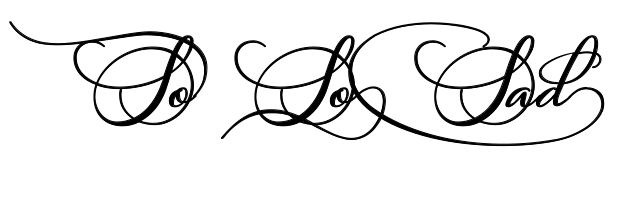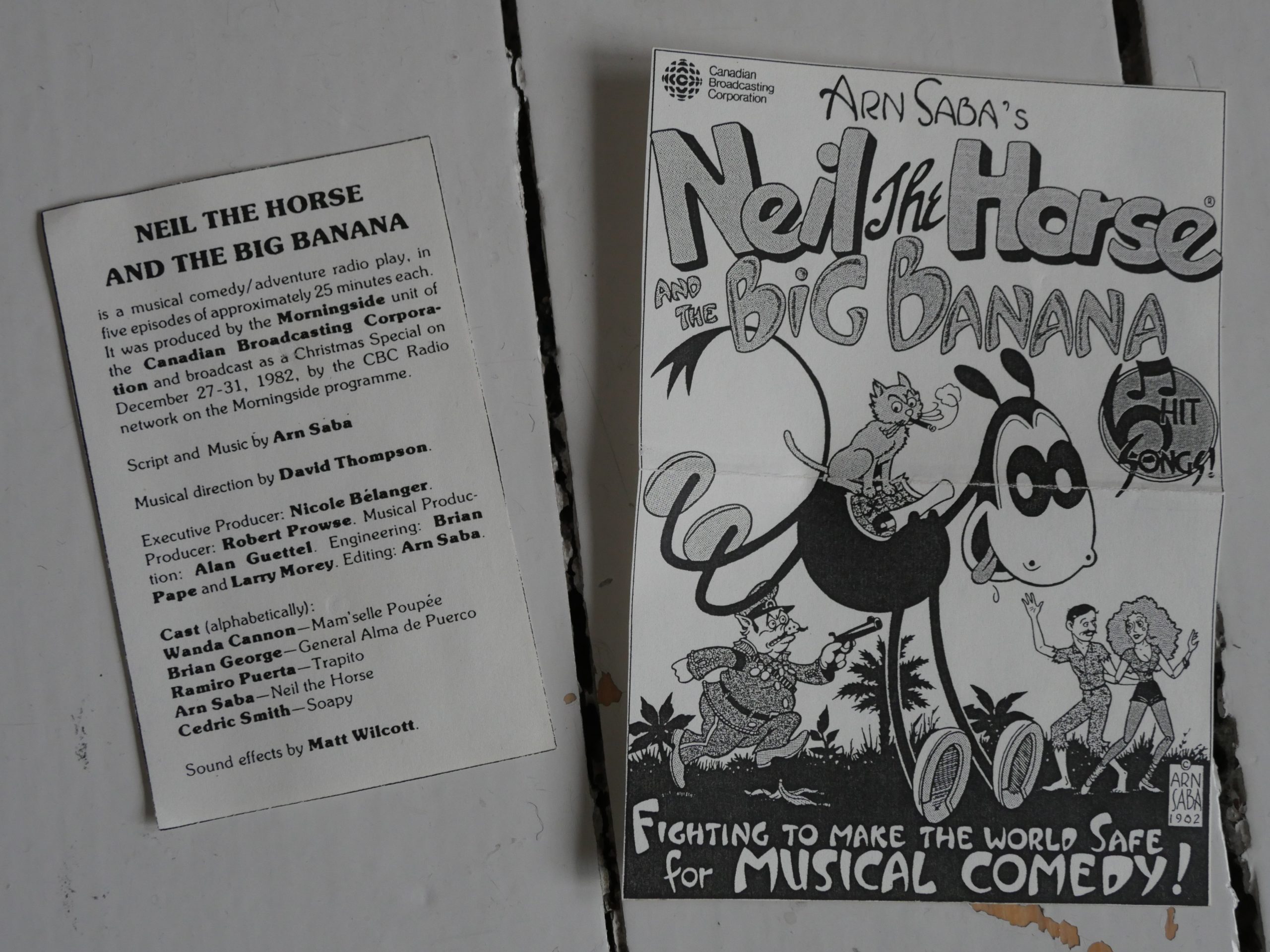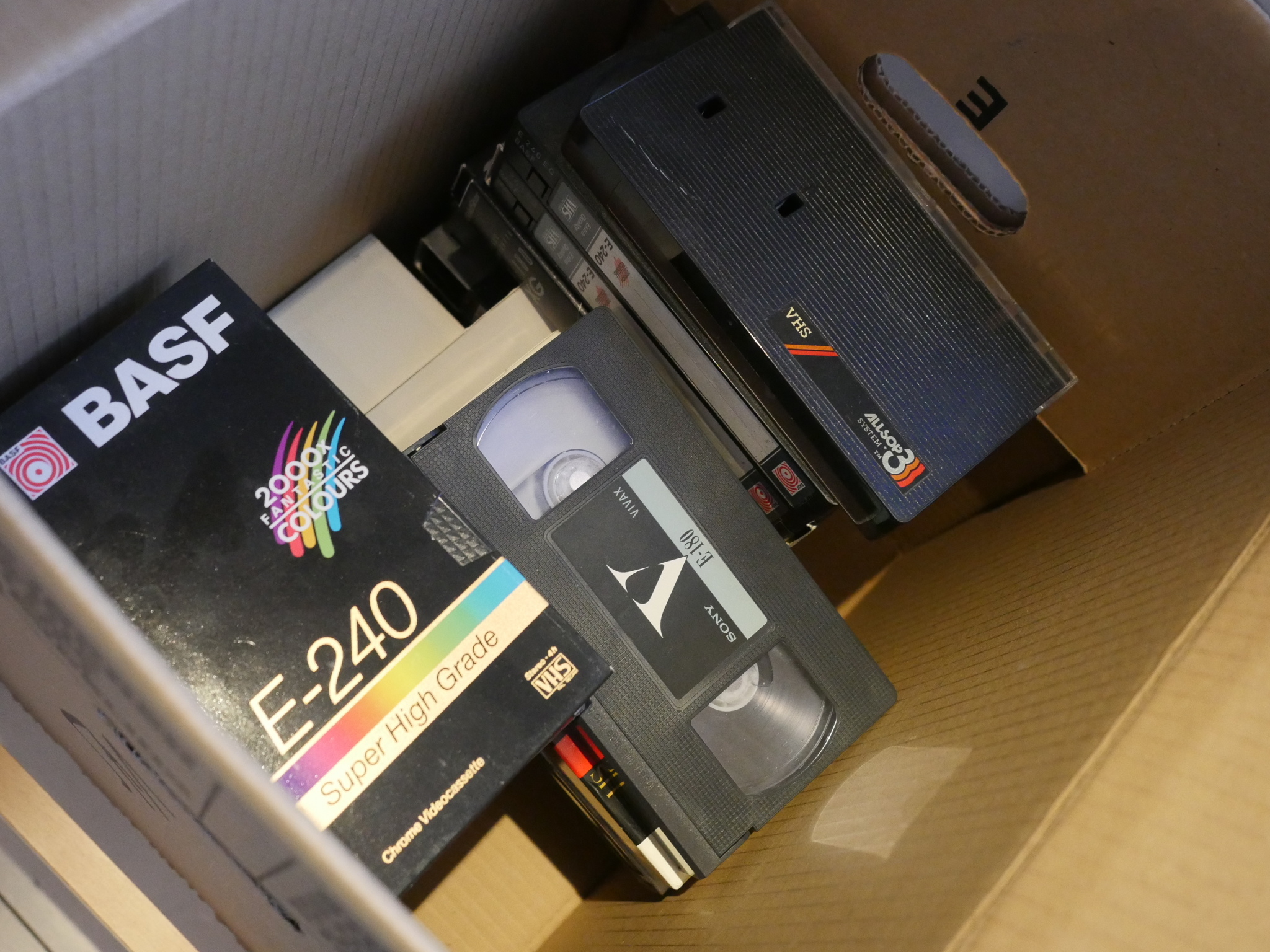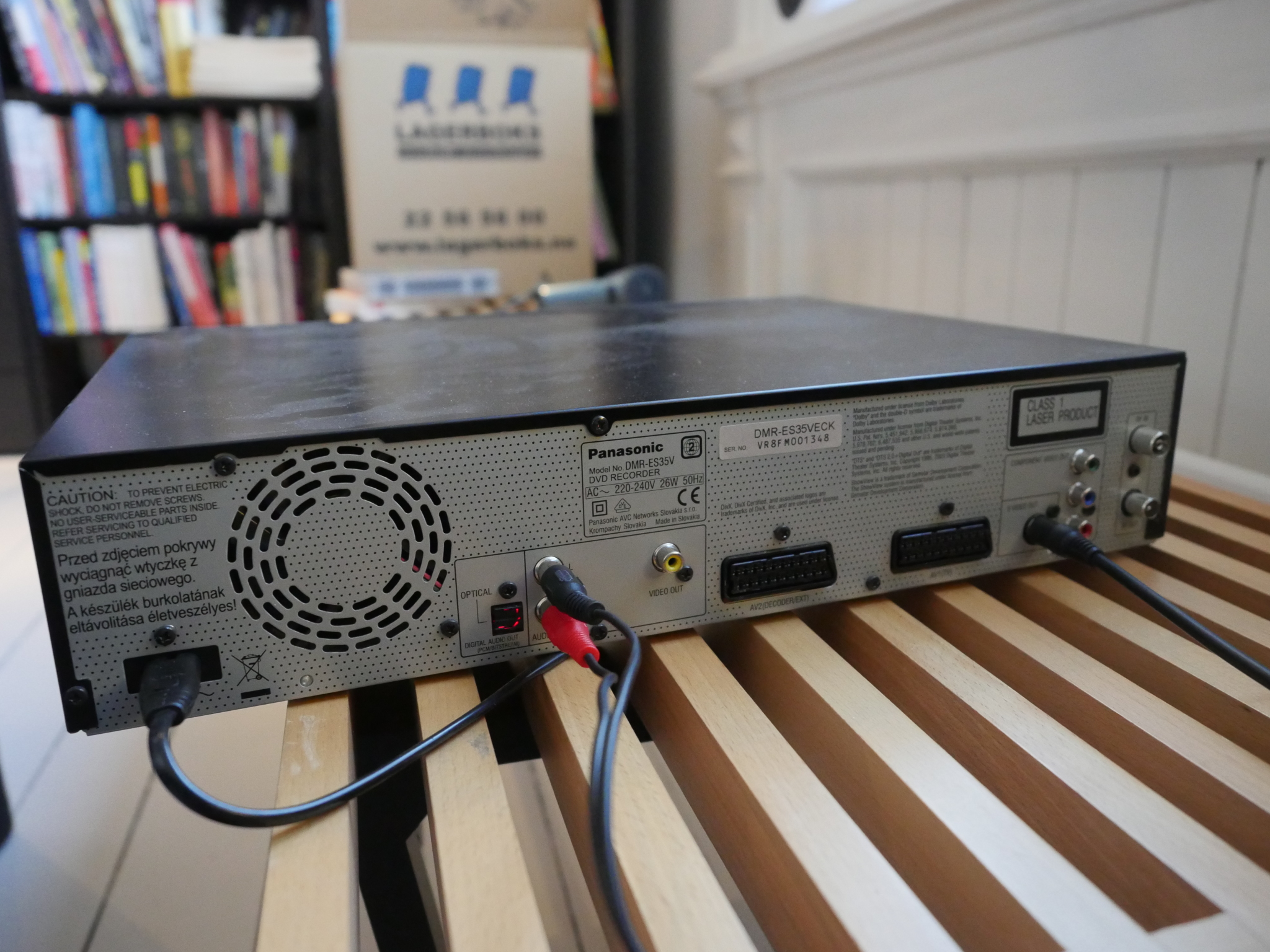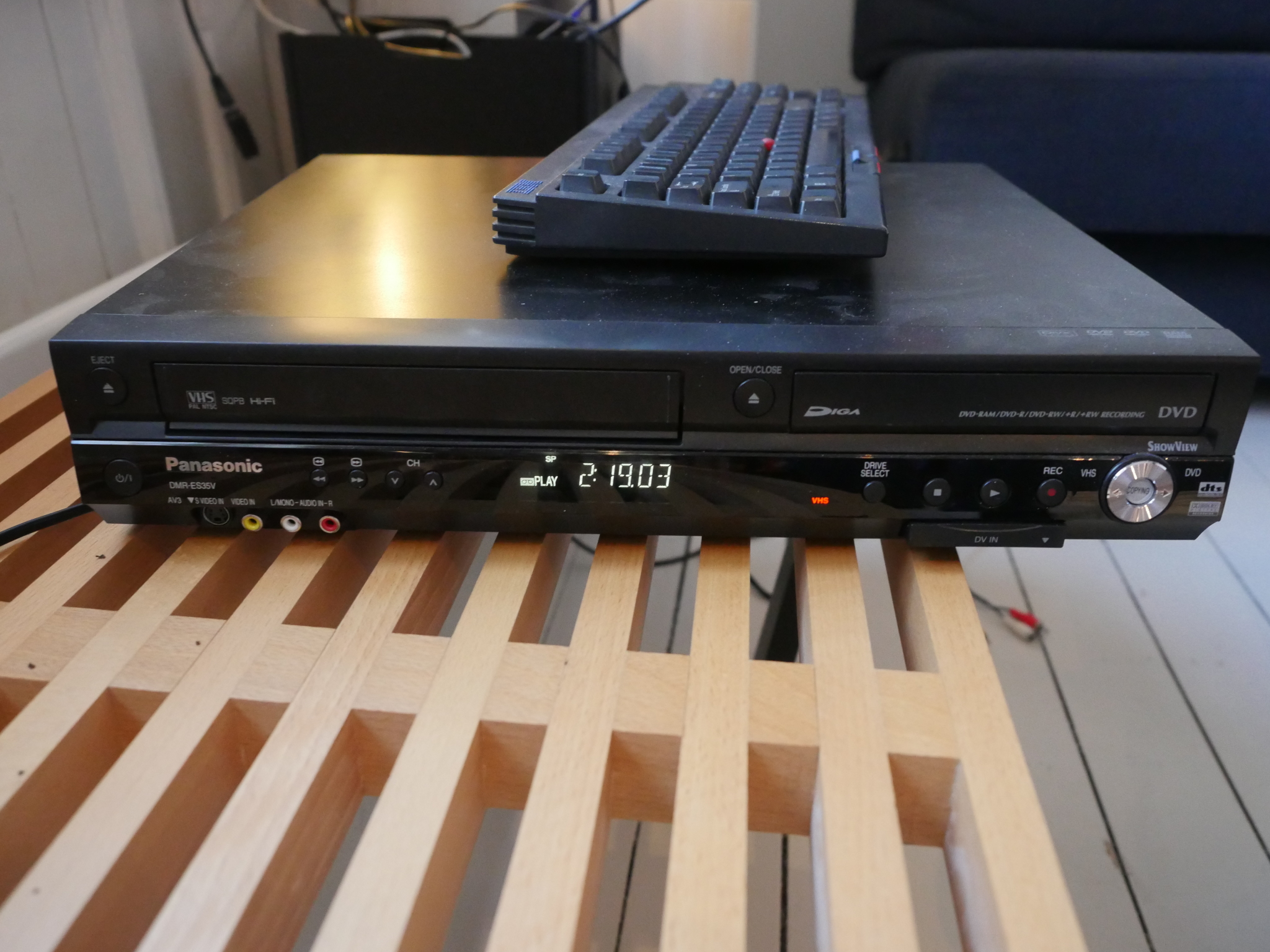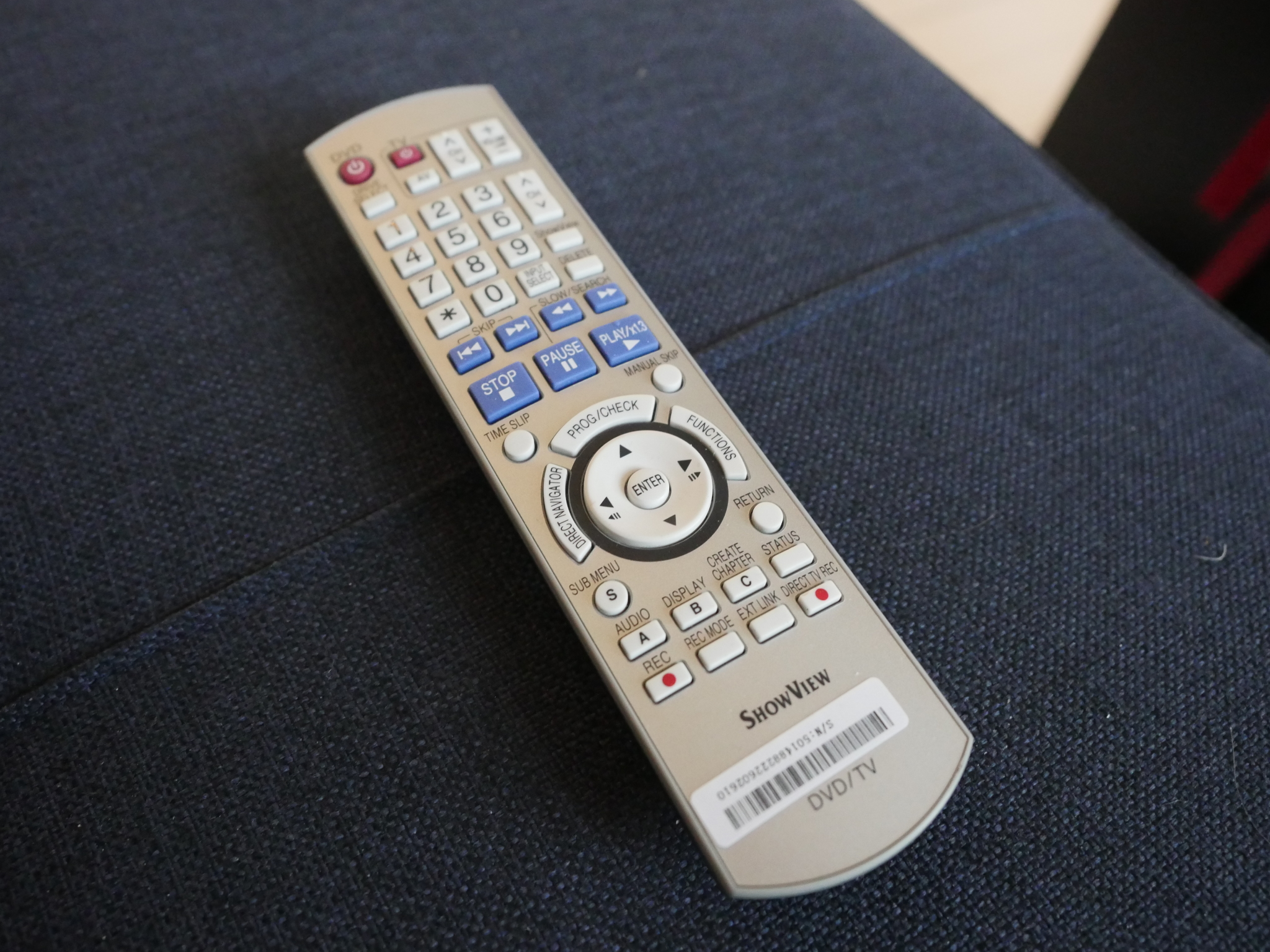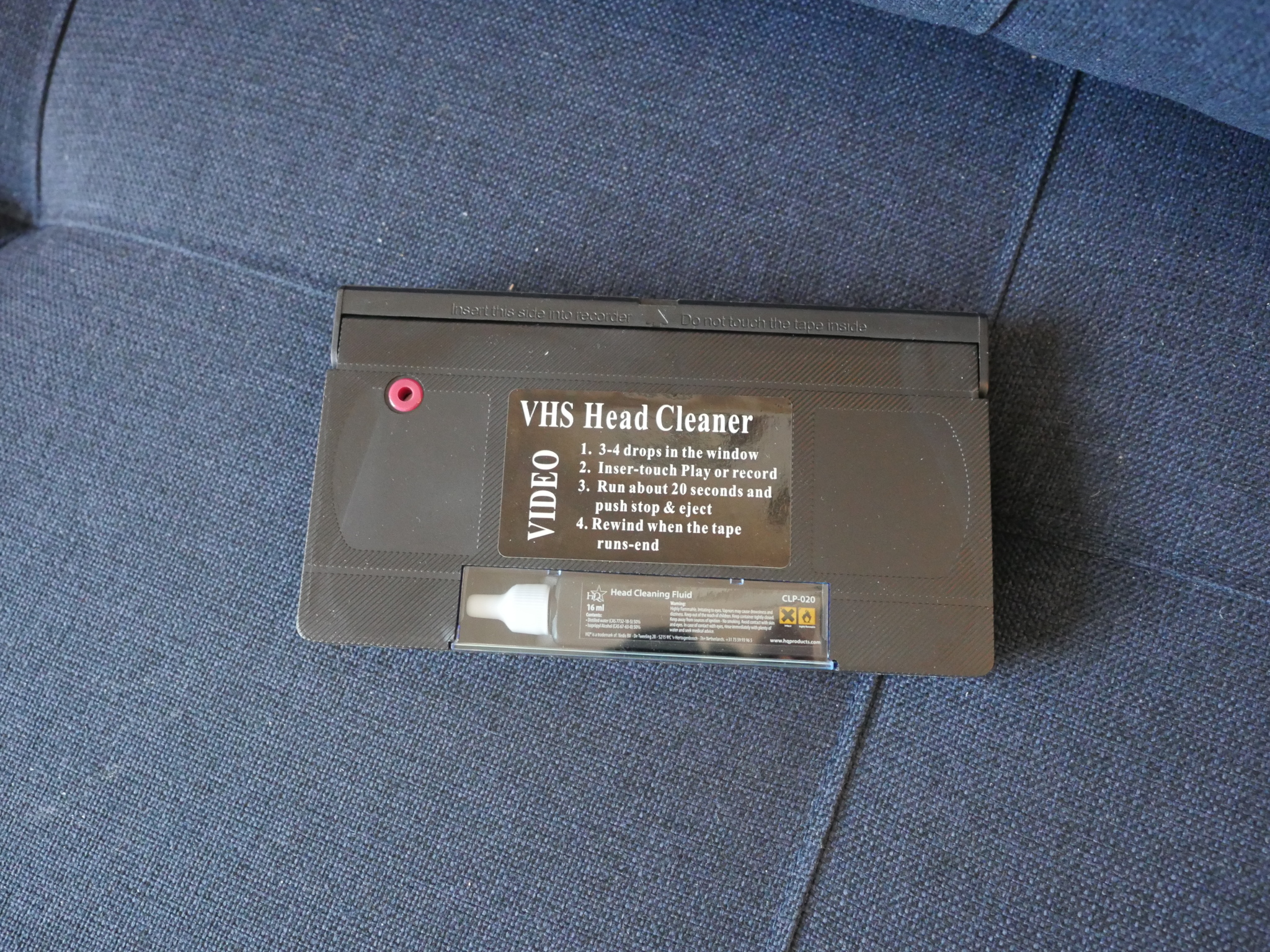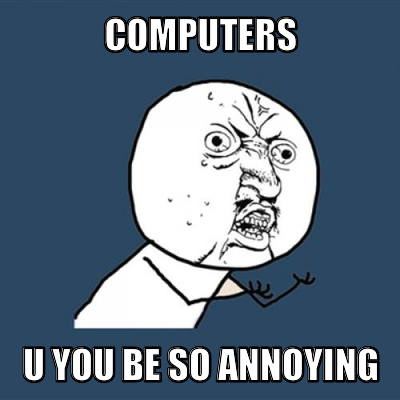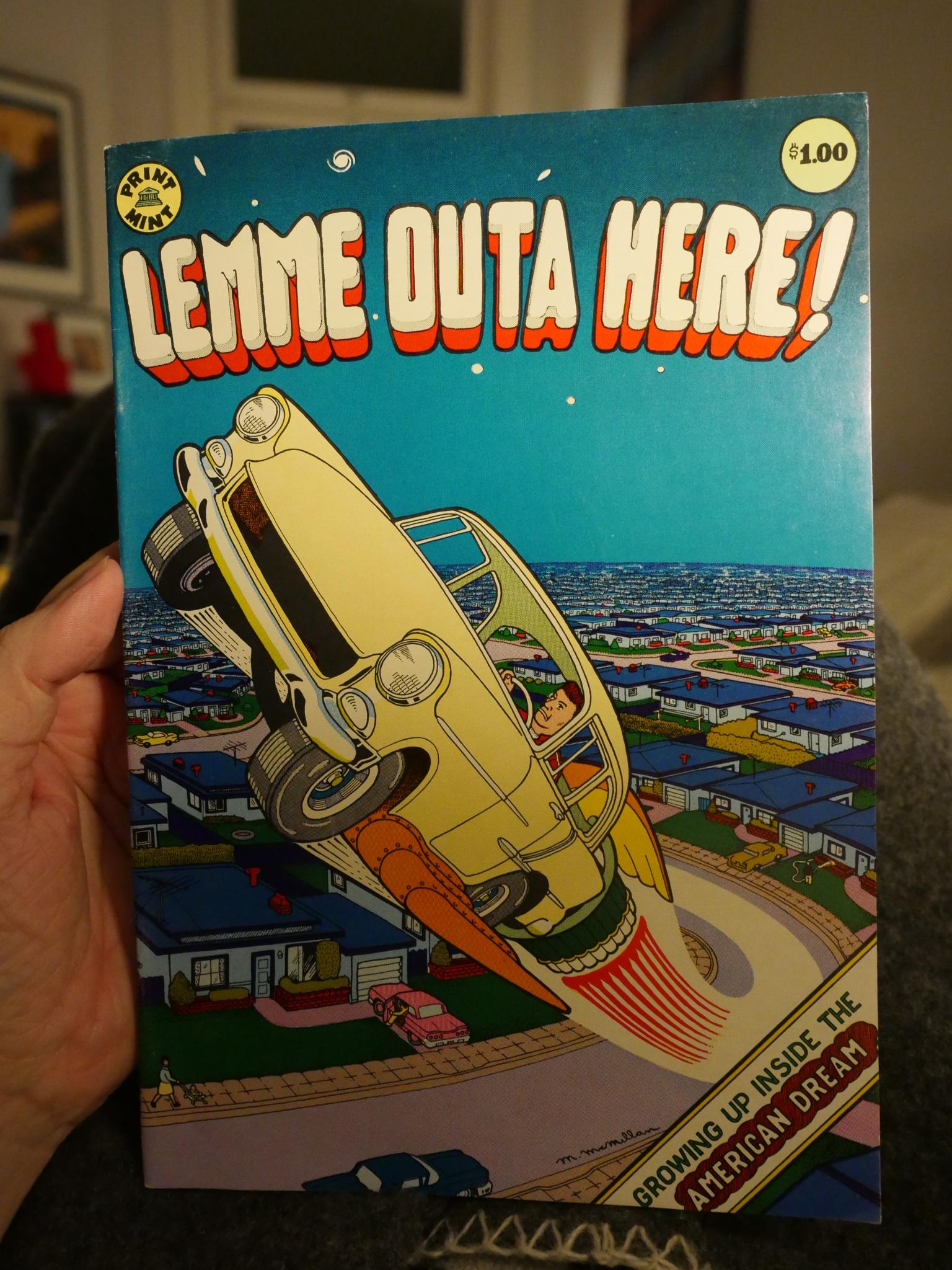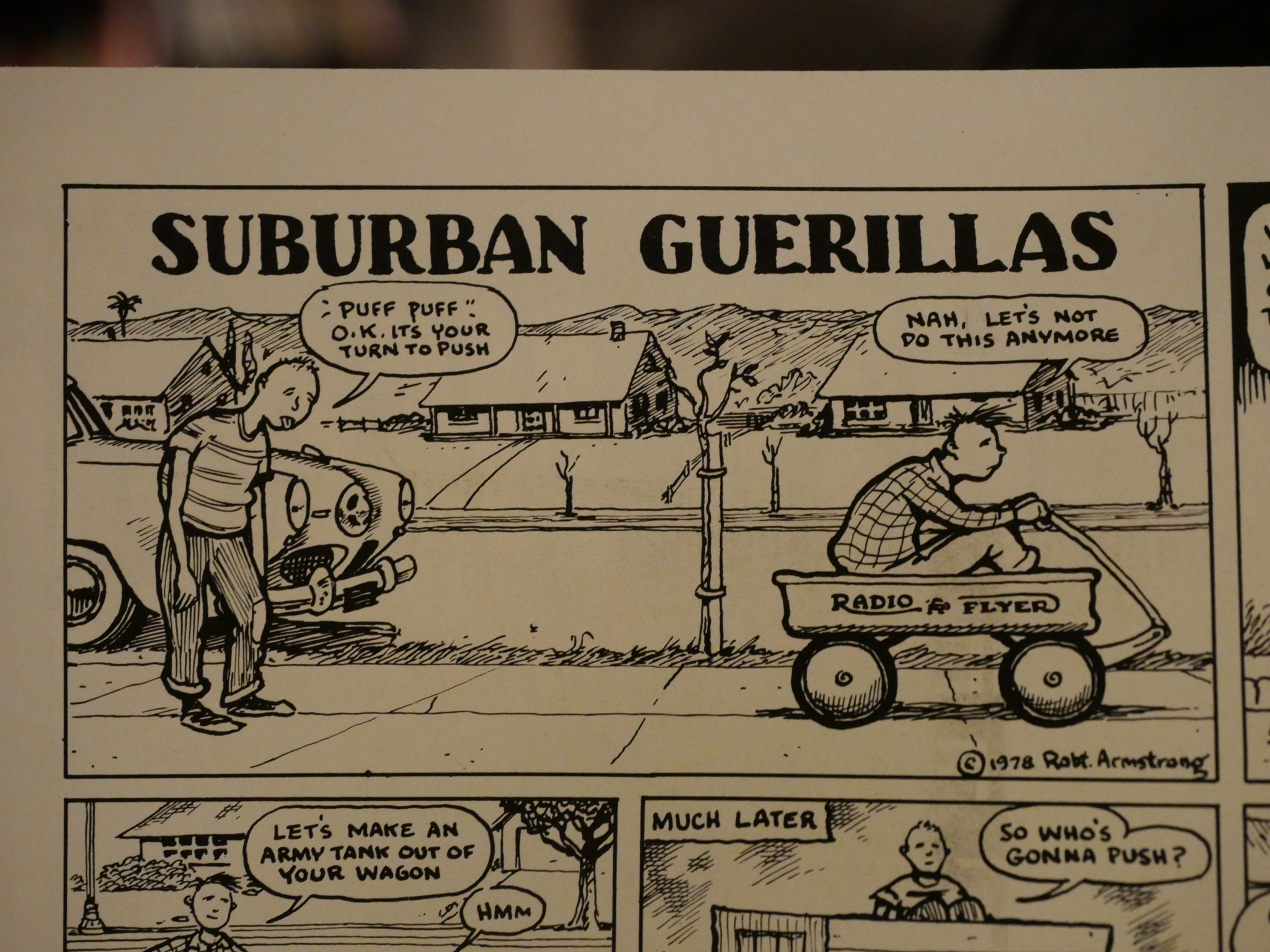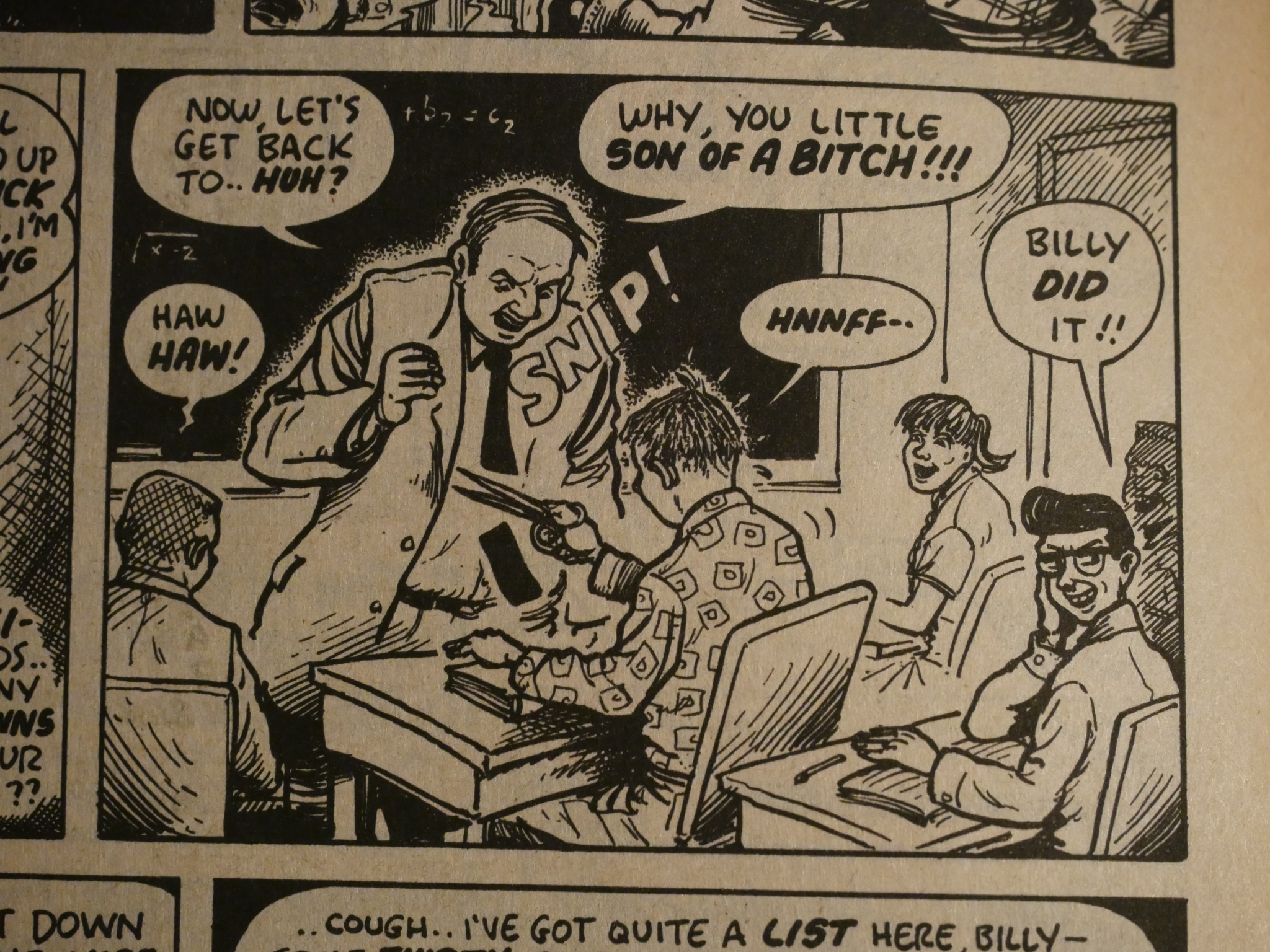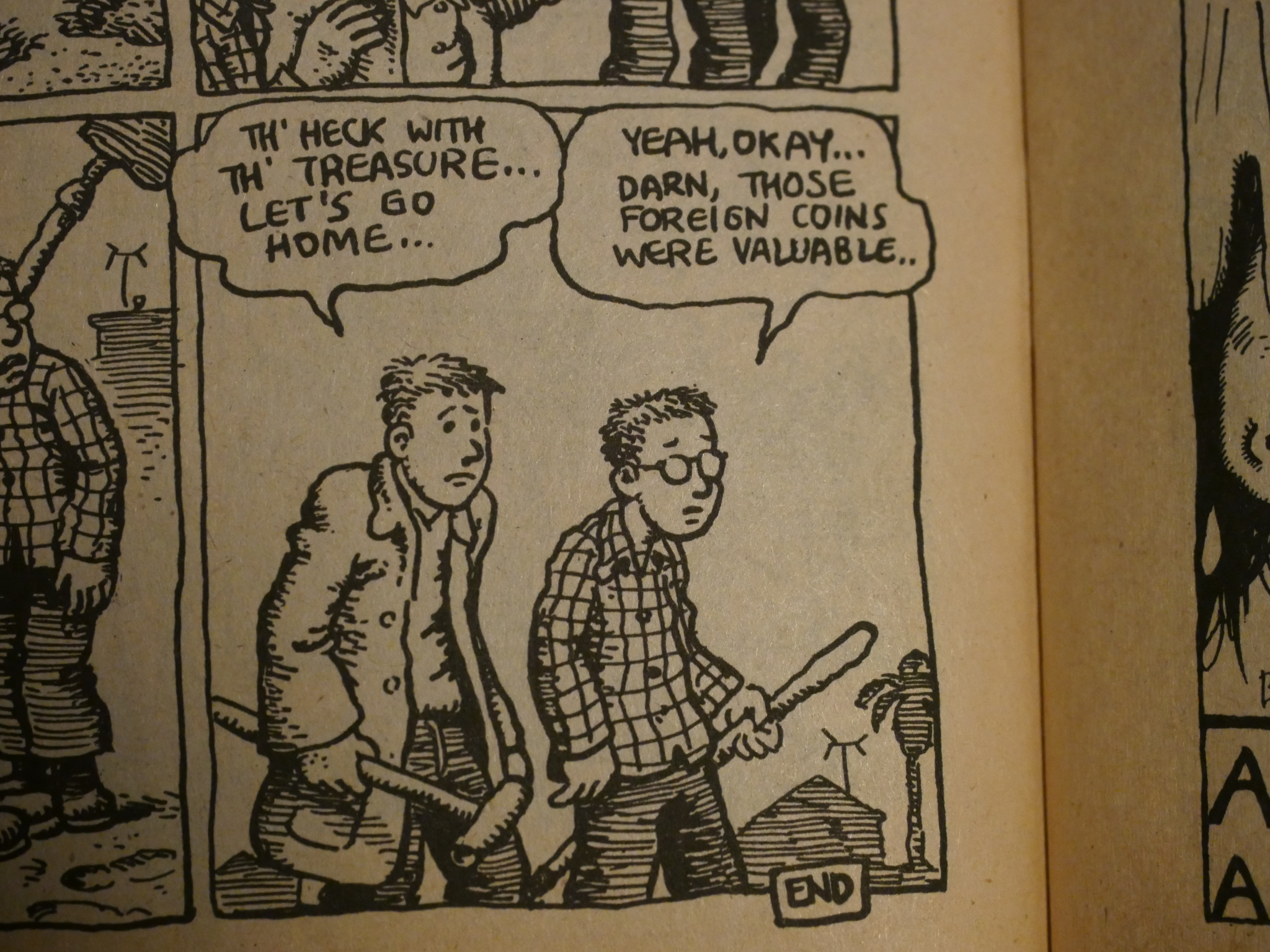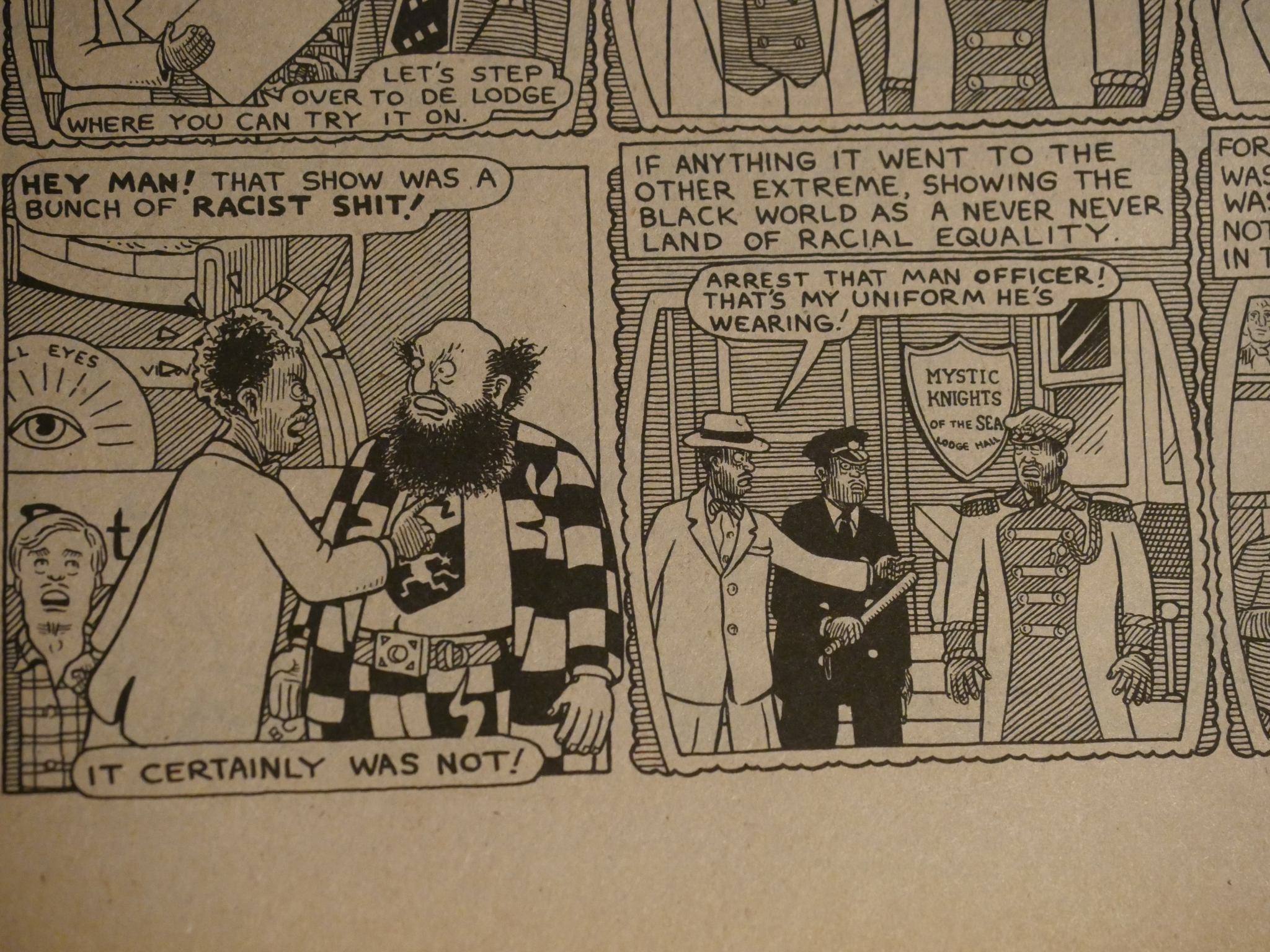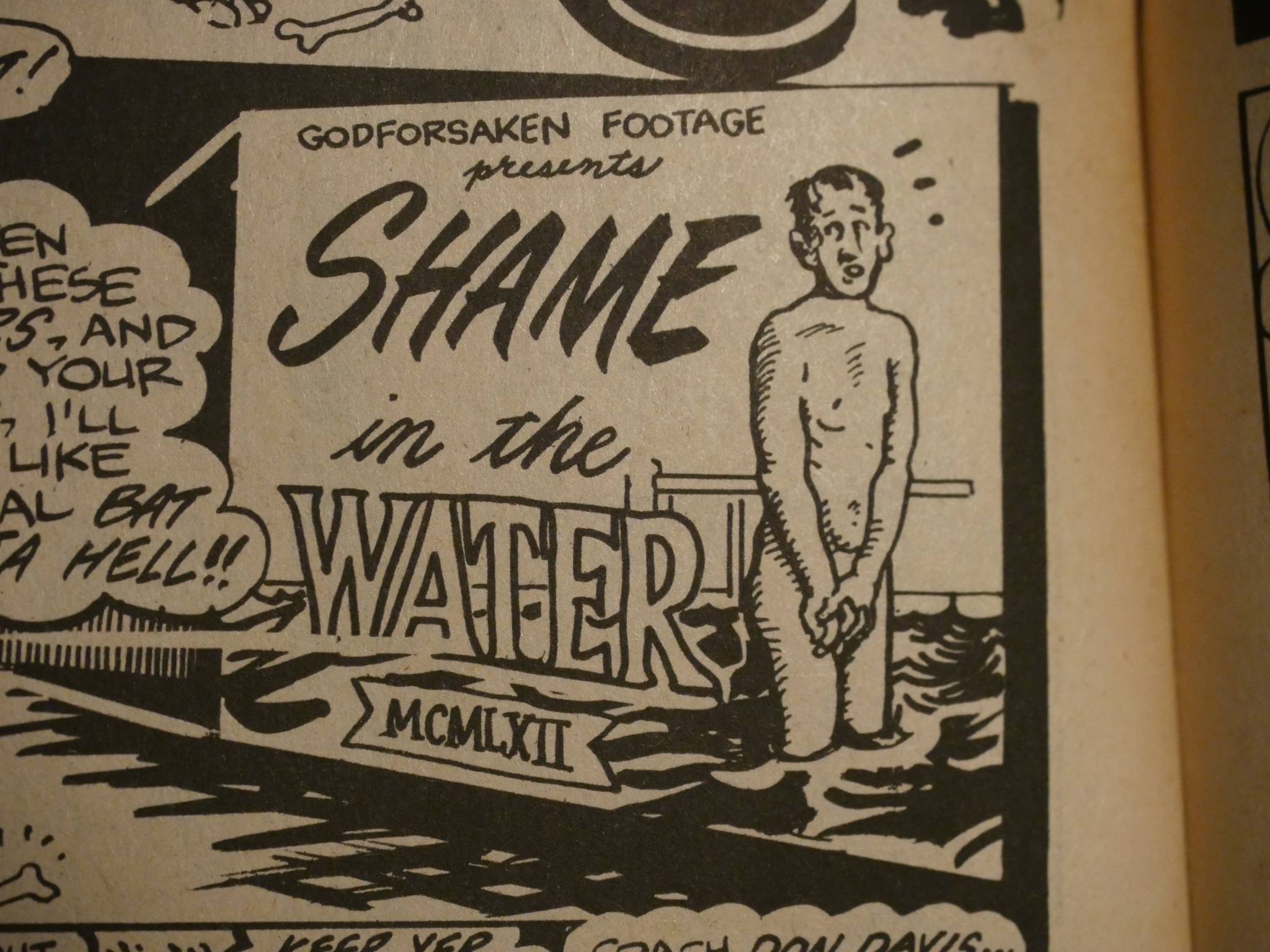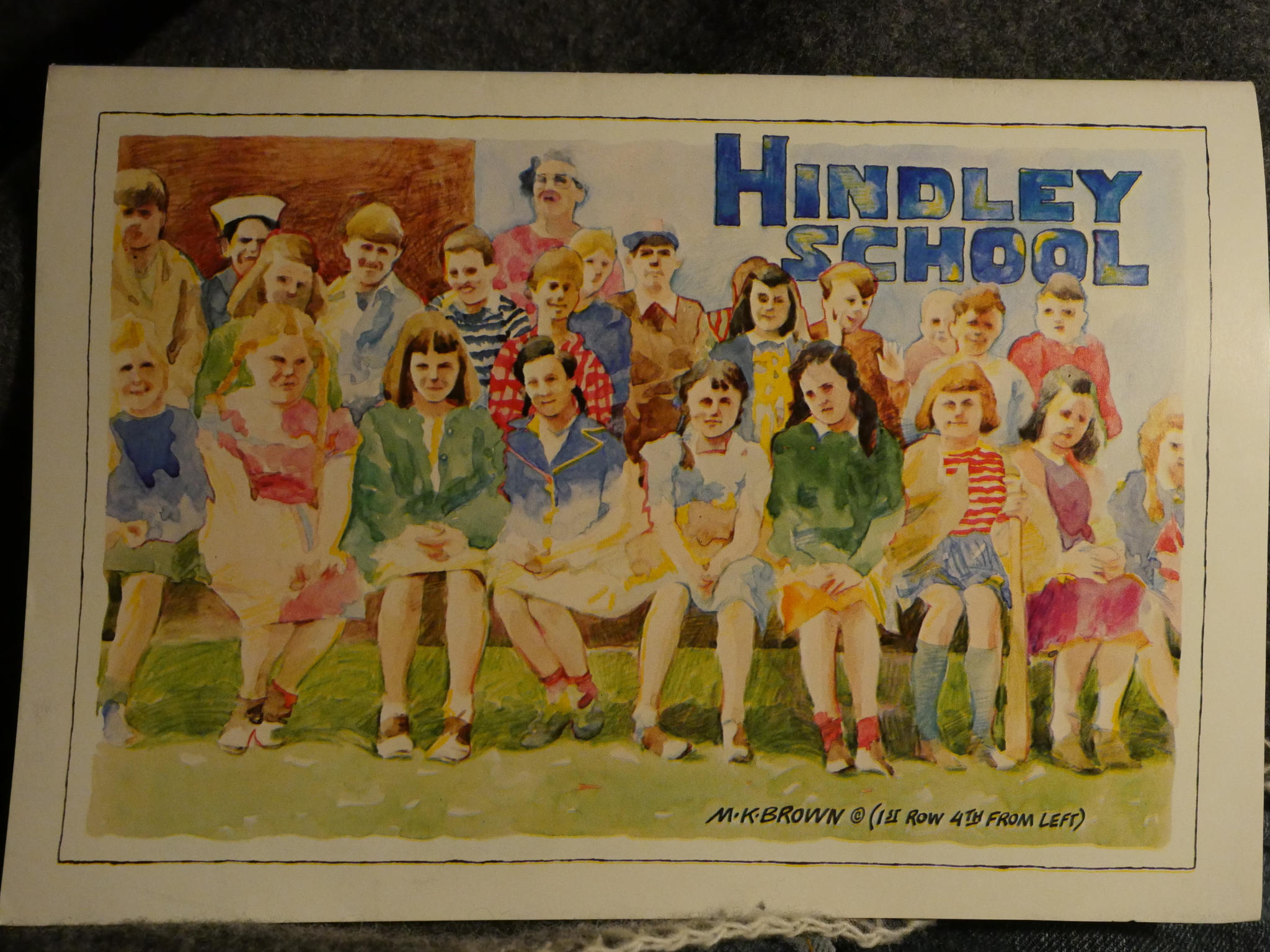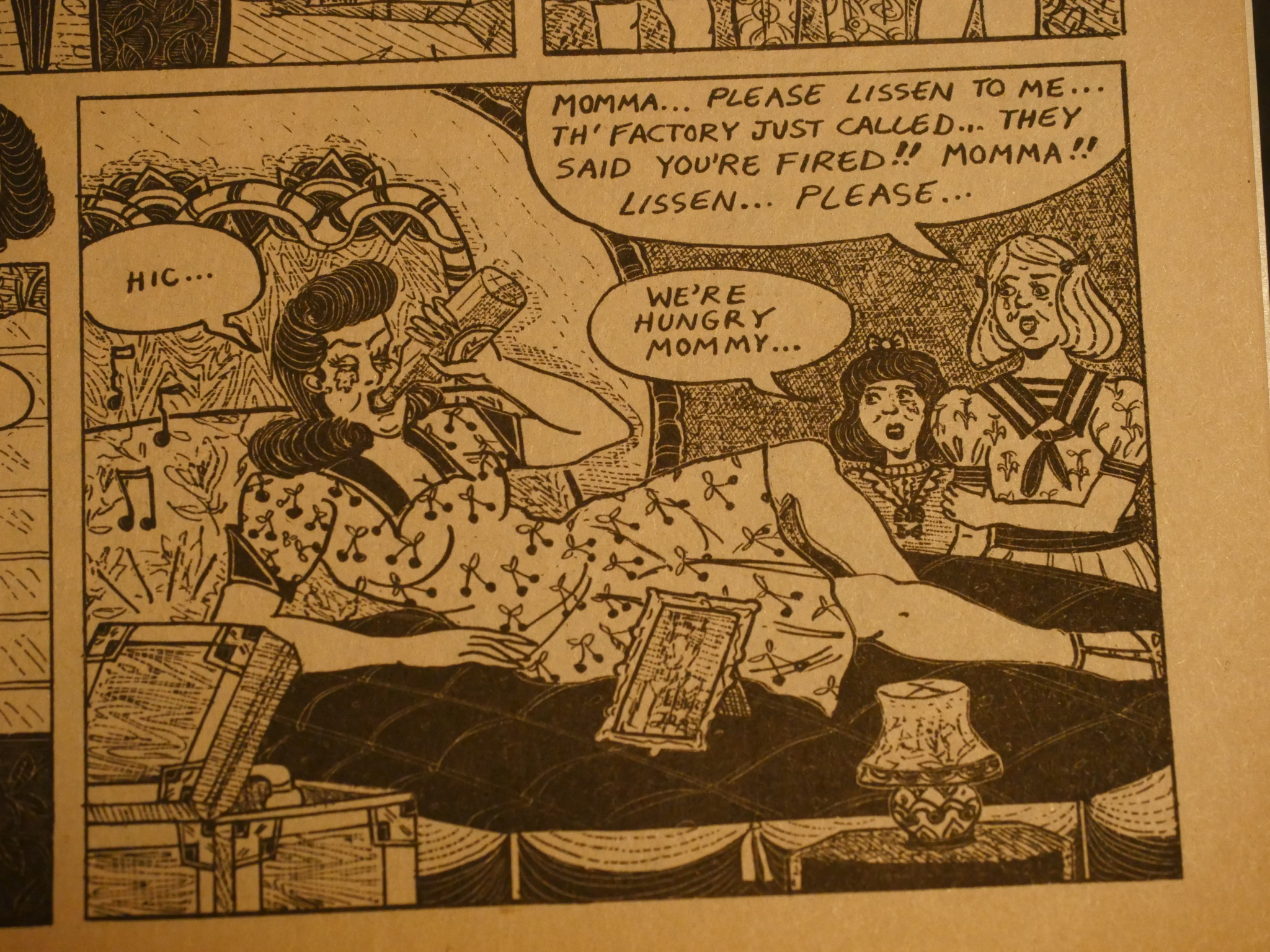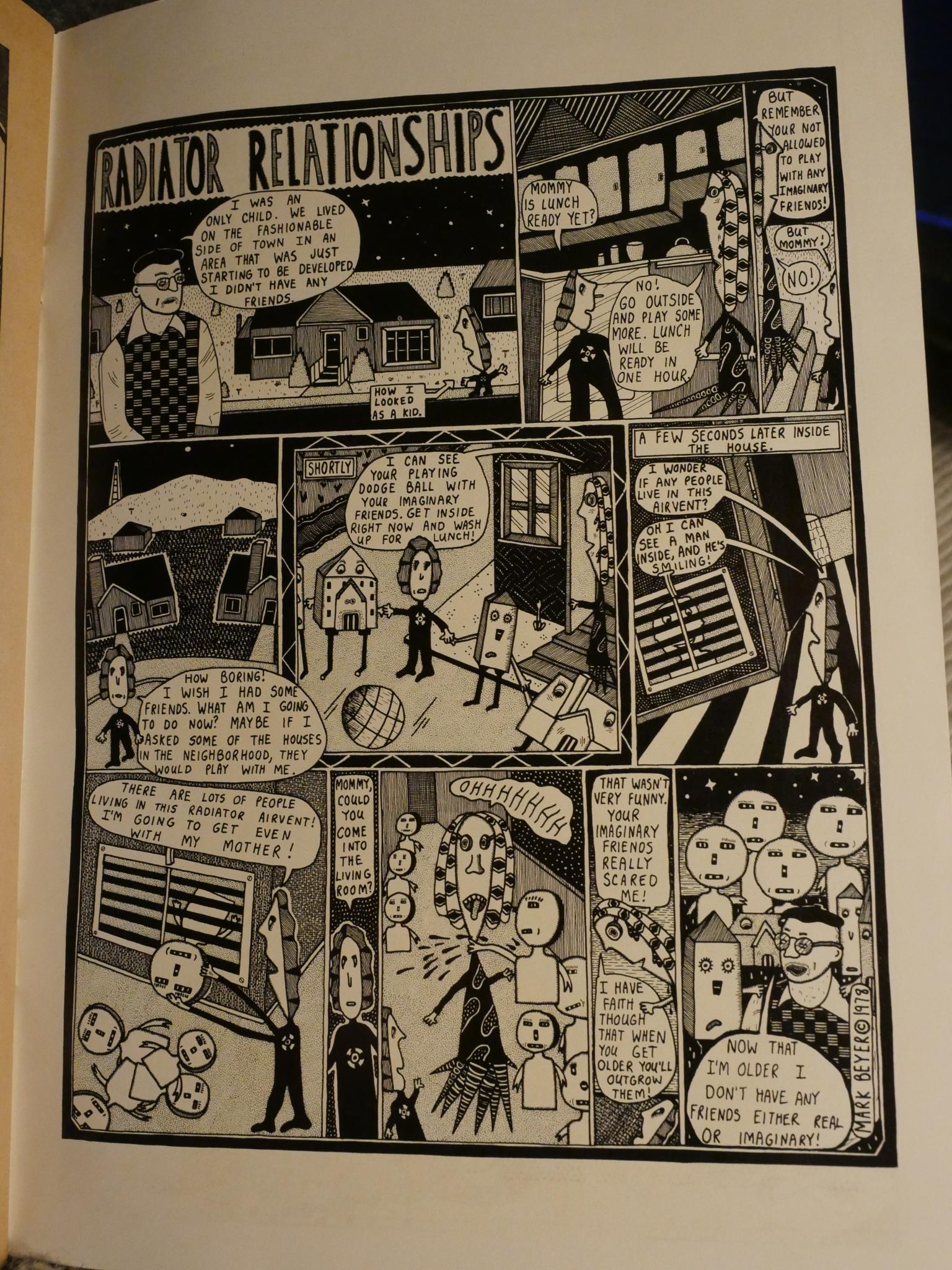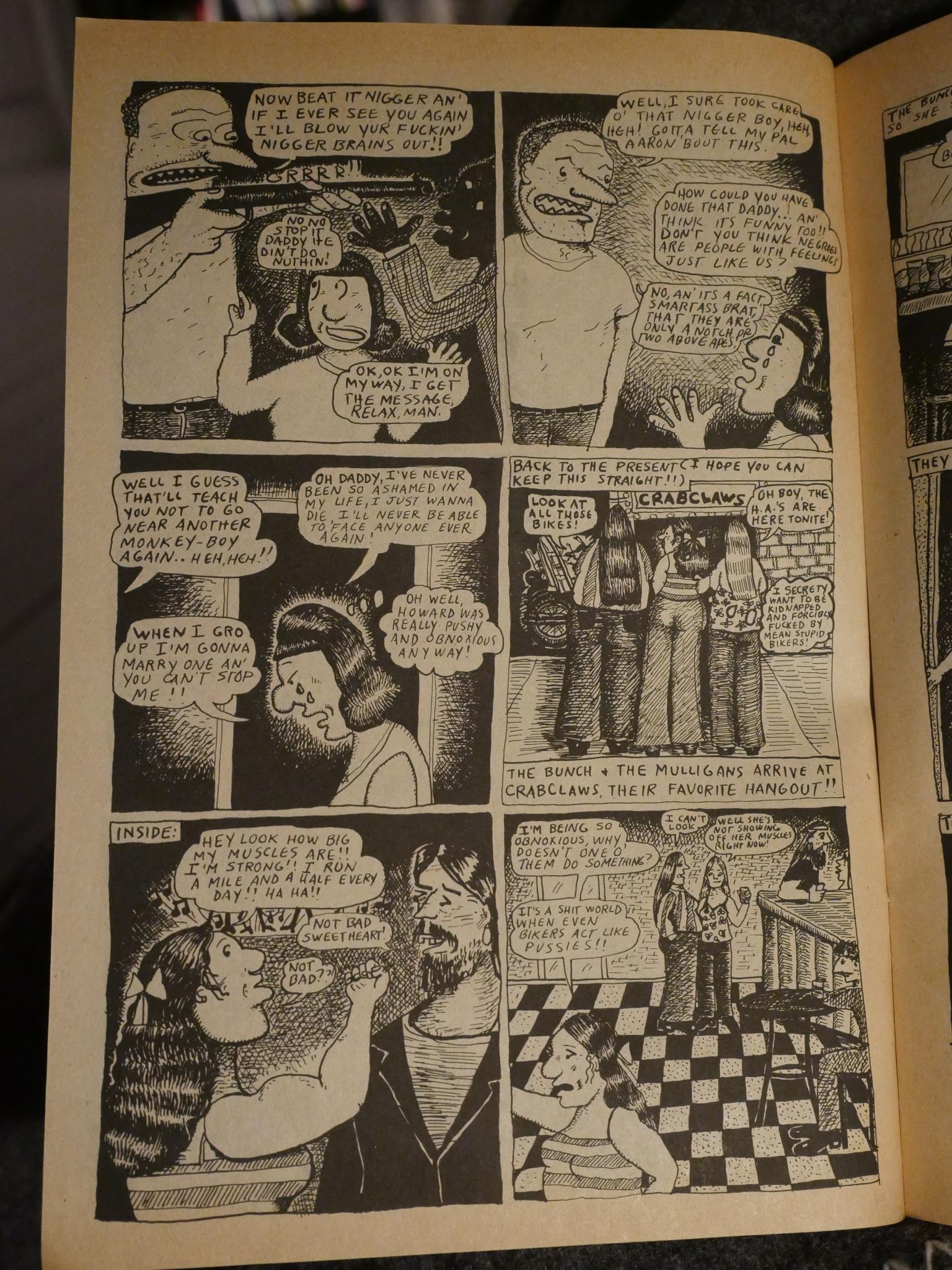Fonts, Swashes, Linux, Problems
I recently bought a font called Jolie Romantique (for a future, er, project), and it worked without any problems: I plopped the .ttf file into ~/.fonts, created an SVG file with some text in it, ran it through ImageMagick “convert” and got this:
 Of special interest here is that end-of-word swash. (That’s apparently the technical term for those things: Swashes. I know.)
Of special interest here is that end-of-word swash. (That’s apparently the technical term for those things: Swashes. I know.)
Here’s the SVG file:
<svg width="600" height="200" version="1.1" xmlns="http://www.w3.org/2000/svg" xmlns:xlink="http://www.w3.org/1999/xlink"> <rect width="600" height="200" x="0" y="0" fill="white"></rect> <text y="100" x="65" text-anchor="left" font-family="JRS" fill="black" stroke="black" font-weight="regular" font-size="120">Like#02</text> </svg>
Did you catch the fun bit? Yes, it’s that “#02” in there. The swashes are apparently implemented as ligatures or something, and they’re encoded in the font as #01, #02 and #03. Here’s the same file with the #03 swash:
Like I said, this worked perfectly… on my Debian jessie machine. Then I upgraded it to Debian stretch, and the swashes stopped working. Now the results look like this:
And I have no idea where to report this bug. It’s not a bug in imagemagick or the SVG libraries, because X programs (mis)behave the same way. So it’s in the TTF rendering libraries? What’s responsible for that?
I’ve tried googling for this, but the pickings are rather slim. Apparently not too many people are that into swashing.
If I can’t get this fixed, I’ll have to set up an Emacs-as-a-Service thing on a jessie machine to create the images for my er project. So, no biggie. But! This should just, like work. And it doesn’t.
I just tried this on Ubuntu 17.10, and it doesn’t work there, either. So it’s a cross-platform bug, I guess?
Neil the Horse and the Big Banana
While tidying the basement, I found these tapes:
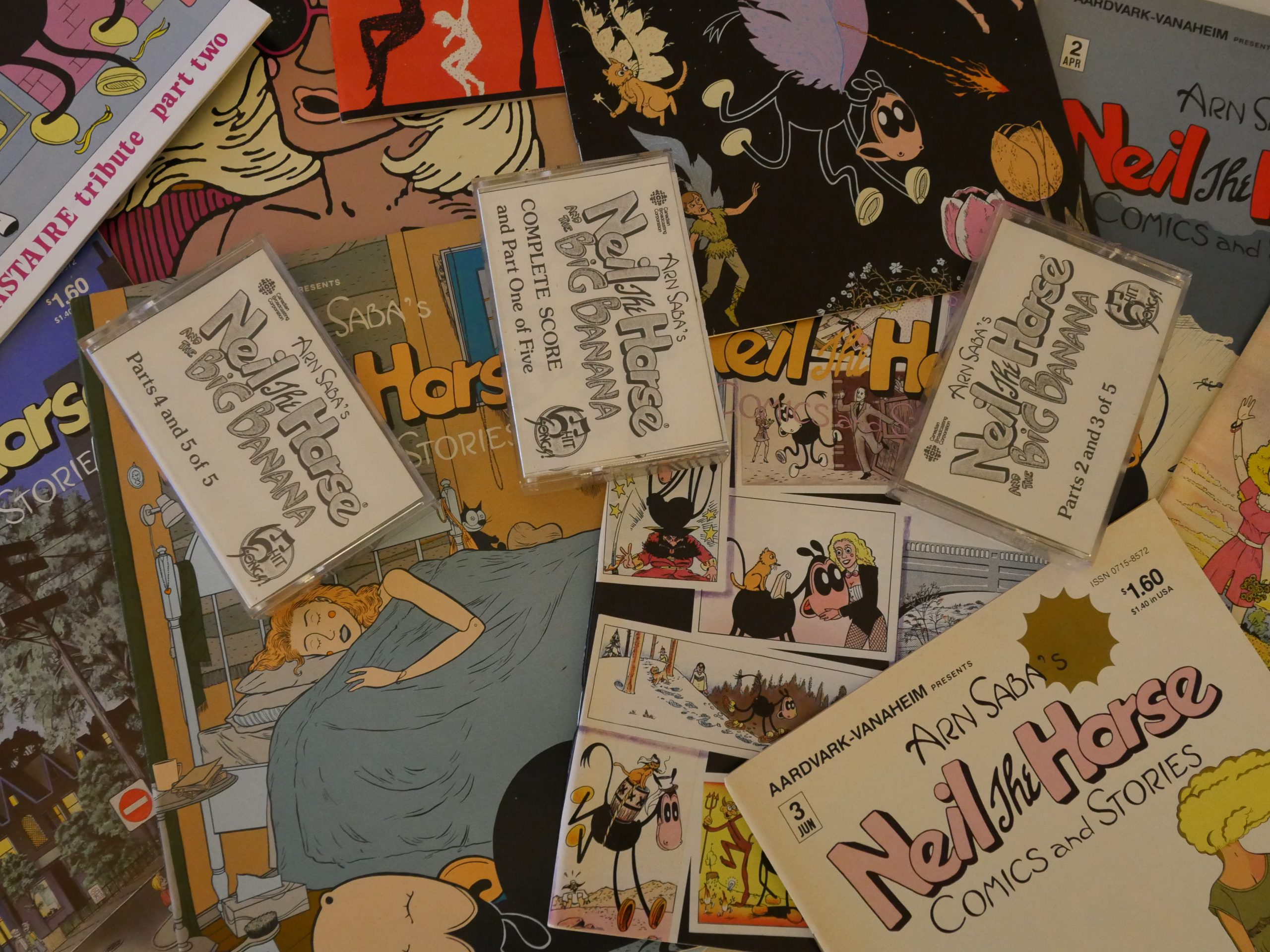 It’s an old radio show featuring Neil the Horse, originally broadcast on Canadian radio around 1982.
It’s an old radio show featuring Neil the Horse, originally broadcast on Canadian radio around 1982.
So I was like 14 at the time, and I was a major fan of the Neil the Horse comic book series by Arn Saba. I think there was an ad for the radio series in one of the issues, so I sent off for a copy. From Arn Saba personally? Hm. I don’t recall any more.
Anyway, Neil the Horse is making the world safe for musical comedy, and apparently this radio show is not available anywhere? And since the comic book is finally re-released by Conundrum Press this year, I’m celebrating by uploading these tapes to Youtube.
(If anybody, especially Katherine Collins, objects, please let me know and I’ll remove them.)
[Edit: There’s a brand new interview with Katherine Collins up at tcj.com just a few hours after I posted this.]
The show’s in five parts:
Here’s the cast list:
VHS, Linux, Problems
I’ve been trying to tidy up the storage locker in the loft this autumn, getting rid of old junk (so that I can put more, slightly newer junk up there). I happened unto this box:
A nice stack of VHS tapes. If I remember correctly, the reason I kept these was that during the 80s and 90s I recorded quite a lot of music (videos and live stuff) from the TV, and I had always thought about some day going through them, picking out the good bits and uploading them to Youtube or something.
Perhaps this year is finally the year?
I have an old, old DV conversion thingie somewhere, but it’s so old that it’s a Firewire dongle. And I have no Firewire equipment, so I thought it might just be easier to buy something new and shiny. Surely?
I think you can already guess where this tale is going.
This is a Diamond VC500, and it has both composite in and S-Video in, and it seems to be a popular choice.
My old VHS player (a Panasonic DMS-ES35V) has S-Video out, so I hoped that it would, like, just kinda work, and it does. With composite, but not S-Video. That is, after I discovered how to switch the input, something worked:
$ v4l2-ctl -d /dev/video0 -i 1 -s 5
(That’s S-Video input and the PAL standard.)
But the video was in black-and-white, and after googling for a few days, it turns out that this is a known problem: S-Video on the VC500 doesn’t work, at least not in Linux. And S-Video is a much better signal than composite, so that’s a bummer.
So I got another one of these dongles at random, and this is from StarCom and presents itself as
Bus 001 Device 012: ID eb1a:5051 eMPIA Technology, Inc.
And S-Video works! However, sound doesn’t, and googling for another two days show that this is a common problem with the “StarTech.com S-Video / Composite to USB Video Capture Cable Adapter”, at least under Linux.
But audio is easy: I could just hook it up to the internal sound card, and after fiddling with alsacontrol for a few hours, I managed to get some sound out of it.
All set! Recording time, here we go!
Unfortunately, I had lost the remote control to my VHS player and adjusting the tracking without it is impossible.
Ebay to the rescue!
It’s amazing that things like VHS head cleaners are still easily obtainable, so I got one of those, too.
Now, surely, I’m ready to record.
Except finding some acceptable settings for ffmpeg or memcoder to process the data and output in a format that’s good for editing turned out to require several more days worth of googling. Here’s what I ended up with:
$ ffmpeg -f v4l2 -t 04:00:00 -thread_queue_size 1024 -i /dev/video0 -f alsa -i hw:0 -aspect 4:3 -c:v prores_ks -profile:v 3 -q:v 4 -vf yadif=0:-1:0,crop=iw:ih-6:0:0 -c:a pcm_s16le -af aresample=async=1000 /video/vhs/v10.mov
So the codec here is ProRes. I tried a dozen different codecs, but either they were too slow (leading to drops from ffmpeg) or they were in formats that crashed Lightworks (the video editor I use). huffyuv, raw, h.264, whatever…
But this one works for me, at least.
Oh, and the “crop” thing is because the 6 final lines output from the StarTech dongle are bright green. And I’m deinterlacing since VHS is interlaced.
An action shot of the entire machinery. So techy.
Now the only problem is that I had to upgrade the kernel to Linux 4.12 and the machine to the latest Debian, since the support for the StarTech USB thingie first appeared in that kernel. And after upgrading LightWorks didn’t want to start. So I upgraded to Lightworks 14, which starts, but doesn’t accept the old license, so I had to buy a new license, and now the license server is … wrong (“There are no unactivated licenses available”).
Anyway, I can use the free version for this, since 720p should be enough. I created a new account on Youtube for this stuff, since it’s, er, best to keep it separated from the more important free jazz vids.
Hm. Or perhaps I should just use HTML <video> things and host the .mp4 files privately? That would avoid any Youtube hassles… Hm… But the discoverability on Youtube is nice. Perhaps both?
I’ve done the first four hour tape now, and there was about 20 minutes of things that are possibly interesting. For instance, this Kristin Hersh piece where she does four songs live in the 120 Minutes studio:
Oh, it’s apparently not possible to do simple <video> embeds on a WordPress.com site?
Oh, it is possible now?
Yes! All those pages that said that it wasn’t allowed were outdated. Apparently WordPress.com started allowing this earlier this year?
Anyway.
Possibly the Greatest Underground Comix Ever
I’ve been somewhat disillusioned by underground comix lately, but when my ebay search alert for “mark beyer” dinged the other week, I bought this:
Lemme Outa Here! is published by Print Mint, and you don’t get more underground than that.
I knew nothing else about this when I bought it (other than it having a Mark Beyer piece), but I finally read it tonight, and I’m flabbergasted.
It’s from 1978, and it’s edited by Diane Noomin. And she was able to get a pretty amazing line-up.
There’s a cute one-pager by Robert Armstrong.
An intricate autobio thing from Bill Griffith, that I happened to have read previously in An Anthology of Graphic Fiction etc edited by Ivan Brunetti, just a few days ago.
Robert Crumb, doing one of his rarer childhood remembrances.
Kim Deitch, with a six page thing about a lecture on “classic” American TV.
A somewhat incoherent remembrance of shame and chaos by Justin Green.
A back cover by M. K. Brown.
Diane Noomin does a super-dense story about Didi Glitz’ childhood. The artwork is as intricate as the story.
And Mark Beyer, who, of course, doesn’t quite fit with the rest of the gang (all the rest are veterans and Beyer was, I think, unpublished at this time (except for some self-published comics)), and delivers a page that’s both typically him and quite different.
It’s all rather spiffy, isn’t it? But then there’s this, that pushes it over into “whoa” territory:
Aline Kominsky does a nine page story that’s almost as dense as Noomin’s, that deals with her experiences at camp, intercut with later scenes that deal with her father’s reaction to her (sort of) boyfriend.
This anthology is so amazing: Not only has Noomin managed to get all these super-stars to contribute, but she’s apparently persuaded them to deliver their A-games. There’s not a single unsatisfactory page in this 32-page book.
Unfortunately, Noomin didn’t edit any further anthologies until Twisted Sisters in the 90s (which is also rather fine). I’m not sure this book (which I’ve never heard of before) has convinced me that there really is a bunch of undiscovered underground gems to be unearthed, but it does leave me a bit more hopeful.



